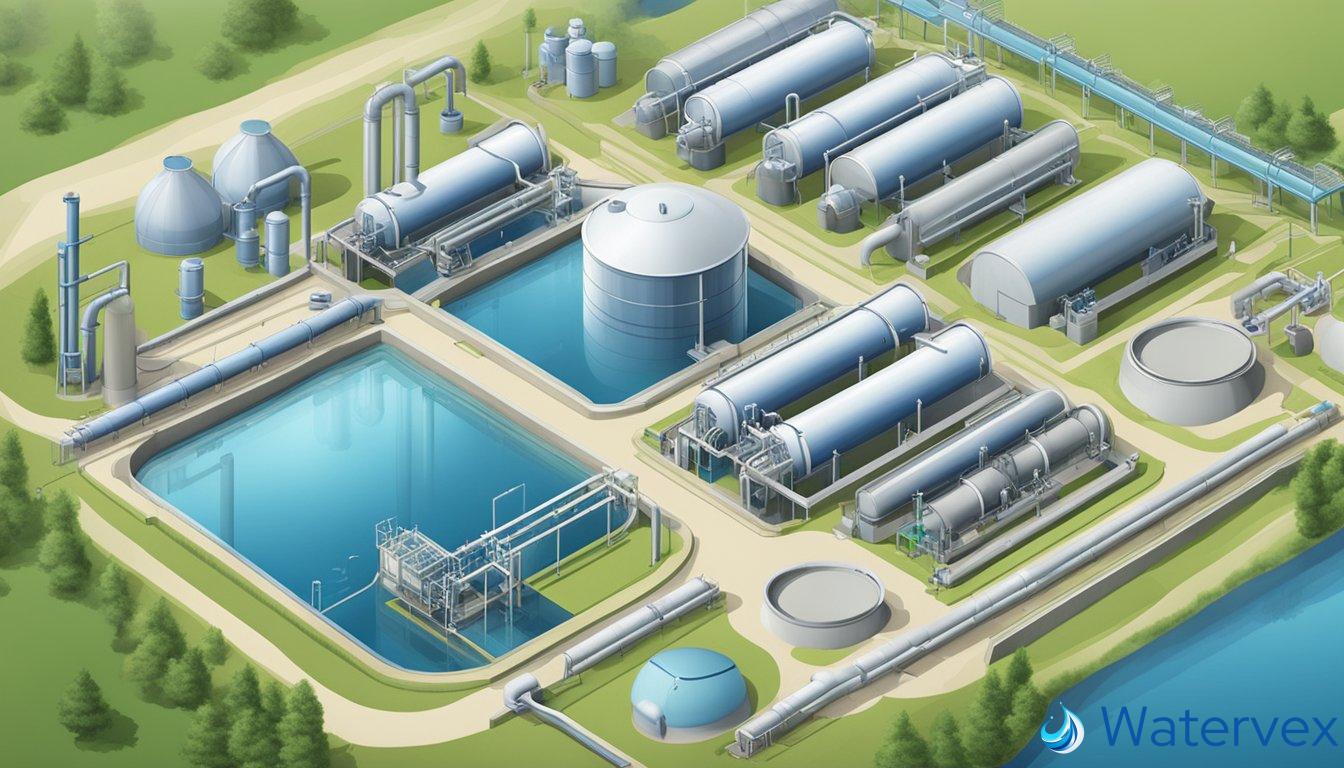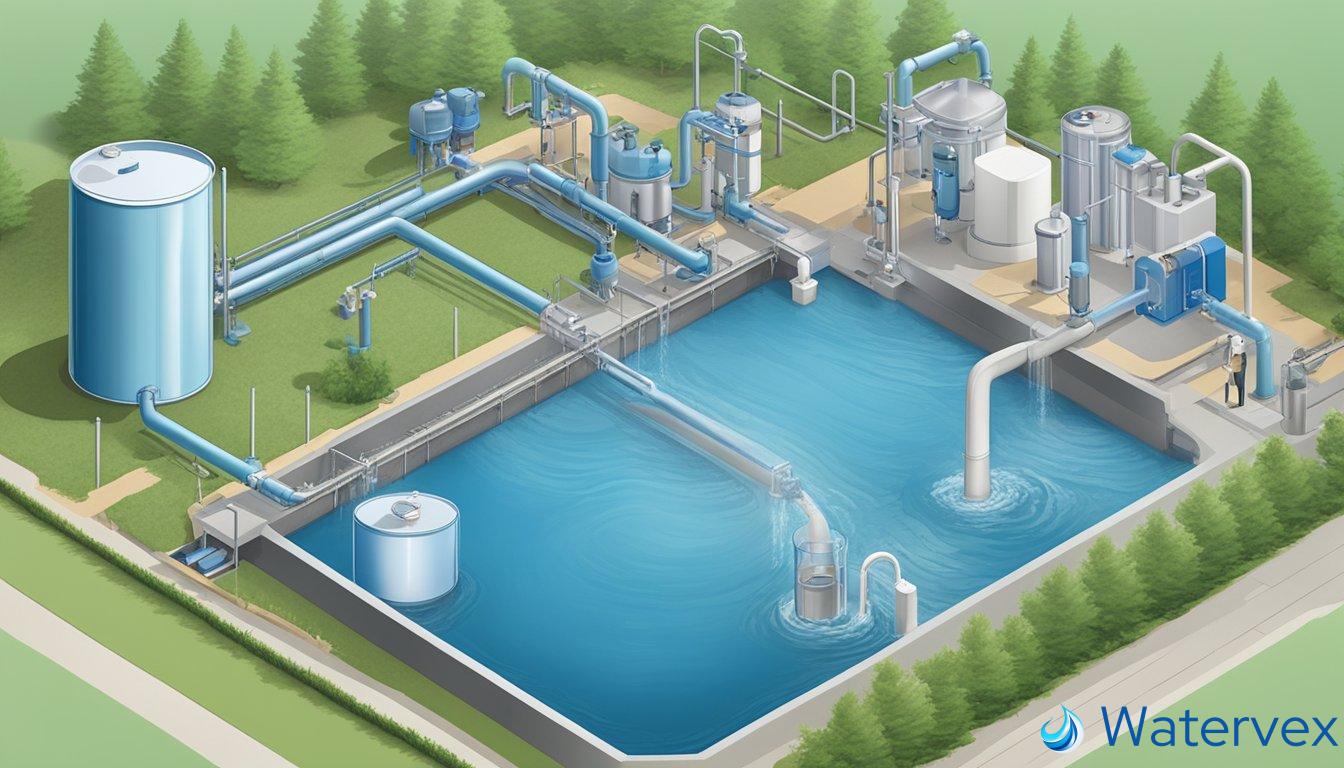Water treatment plants are integral to providing safe and clean drinking water to communities around the world. These facilities employ a series of sophisticated processes, such as coagulation, sedimentation, and filtration, to remove impurities from water, making it fit for human consumption. This ensures that water from rivers, lakes, and underground sources can be transformed into potable water, free of pathogens and contaminants that can cause disease.

In addition to safeguarding public health, water treatment plants play a vital role in protecting the environment. By purifying wastewater before it is released back into the environment, these plants help maintain the ecological balance of water bodies, preventing the spread of pollution and the degradation of ecosystems. For households, especially those dealing with hard water or high levels of minerals, water treatment systems can significantly enhance the quality of tap water, preventing scale buildup on appliances, improving the taste and safety of the water, and extending the longevity of plumbing systems.
Key Takeaways
- Water treatment plants are essential for converting raw water into safe drinking water.
- These facilities contribute to environmental protection by treating wastewater.
- Home water quality is improved by reducing scale buildup and removing contaminants.
Why Are Water Treatment Plants Essential for Public Health?

Access to safe drinking water is a cornerstone of a healthy community. Water treatment plants play a critical role in ensuring that the water you consume is free of harmful contaminants.
Role in Controlling Diseases
Your health could be at risk without the protection that water treatment plants offer against disease-causing organisms. By employing processes such as filtration and disinfection, these facilities remove the threat of bacteria, viruses, and parasites from your water. The EPA sets standards that require the removal or inactivation of certain pathogens to ensure that water is safe for human consumption. For example, chlorine and ultraviolet (UV) light are commonly used to kill microorganisms that can lead to serious illnesses.
- Chemicals like chlorine dioxide may be added to neutralize disease-causing microbes.
- Ultrafiltration can remove finer solids, preventing microbial growth.
- Ozone, another potent disinfectant, can be used to tackle water pollution, leaving no toxic residues.
Importance for Safe Drinking Water
The water you use every day, whether for drinking, cooking, or bathing, must be reliably pure and potable. A water treatment plant is where contaminants—from dust to heavy metals and chemicals from sewage runoff—are eliminated. Water quality is painstakingly managed to meet NSF standards, and techniques like reverse osmosis and coagulation ensure the quality of water meets regulatory and health standards.
- Reverse osmosis is effective in reducing mineral content, which is a concern for your home’s hard water problems.
- NSF certification gives you peace of mind that the water treatment techniques used provide adequate protection against contaminants.
By implementing these robust processes, water treatment plants play an indispensable role in protecting public health and making water safe for your everyday use.
What Role Do Water Treatment Facilities Play in Environmental Protection?
Water treatment plants are fundamental in safeguarding our environment by meticulously removing pollutants and contaminants from water sources. These facilities employ advanced technology to ensure the water returning to rivers and streams contributes positively to ecosystem health and human well-being.
Preventing Water Pollution
Water treatment facilities are the first line of defense in preventing harmful substances from entering our bodies of water. By extracting pollutants through physical, chemical, and biological processes, these plants protect not only our freshwater sources but also the commercial and industrial water supply. They ensure that as water flows back into our rivers and streams, it does not carry the negative charge of water pollution.
- Physical processes: involve screening and sedimentation to remove large solids.
- Chemical processes: use coagulants to bind smaller particles, followed by disinfectants to eliminate pathogens.
- Biological processes: involve bacteria and other microorganisms to break down organic waste.
Maintaining Ecosystem Balance
The health of our environment relies on a delicate balance within our ecosystems, which water treatment plants play a crucial role in maintaining. These facilities adhere to strict guidelines set by entities like the United States Environmental Protection Agency (EPA) to ensure that the water released into environments, including streams and rivers, maintains a quality that supports water recreation, aquatic life, and natural river flow maintenance. By doing so, they uphold the principles of the Clean Water Act, promoting the integrity and sustainability of our precious water resources.
- Ecosystem support: Clean water supports plant and animal life essential for biodiversity.
- Recreational opportunities: Ensures water bodies are safe for activities like swimming and fishing.
- Economic benefits: Clean water is vital for industries ranging from tourism to fisheries and agriculture.
How Do Water Treatment Systems Enhance Home Water Quality?

Optimal home water quality is attainable with advanced water treatment systems that operate efficiently to remove contaminants and improve water characteristics. This enhancement is critical for health and longevity of household appliances.
Technological Advancements in Home Water Treatment
With the evolution of technology, your home can now be equipped with systems akin to those used in municipal water treatment plants. Ultrafiltration filters work with pore sizes as tiny as 0.01 micron, deftly eliminating dirt, pathogens, and other particulates. In contrast, reverse osmosis systems with semipermeable membranes act effectively to remove dissolved particles, ensuring every drop is purified. These advancements, incorporating stages like sedimentation and ion exchange, tackle problems like iron and salt contamination that can adversely affect your tap water.
Filtration systems are often complemented by mixing tanks that allow the perfect blend of chemicals with a positive charge to neutralize negatively charged particles in the water. This combination of precision and broad-spectrum cleansing stands out as one of the pinnacle contributions of current water treatment technology.
Benefits of Home Water Filtration Systems
The benefits of having a home water filtration system are manifold. Sand and gravel filters intercept larger particles, while subsequent layers target increasingly finer impurities. Water softening through ion exchange systems swaps minerals like calcium and magnesium, which contribute to hard water, with sodium ions—a boon for preventing scale buildup.
Imagine enjoying water from your tap free of odors, discoloration, and the harmful effects of contamination—this is the promise of thorough home water treatment. Water softeners are particularly valuable in areas with hard water, extending the lifespan of plumbing and appliances and safeguarding your family’s health against potential mineral imbalances.

